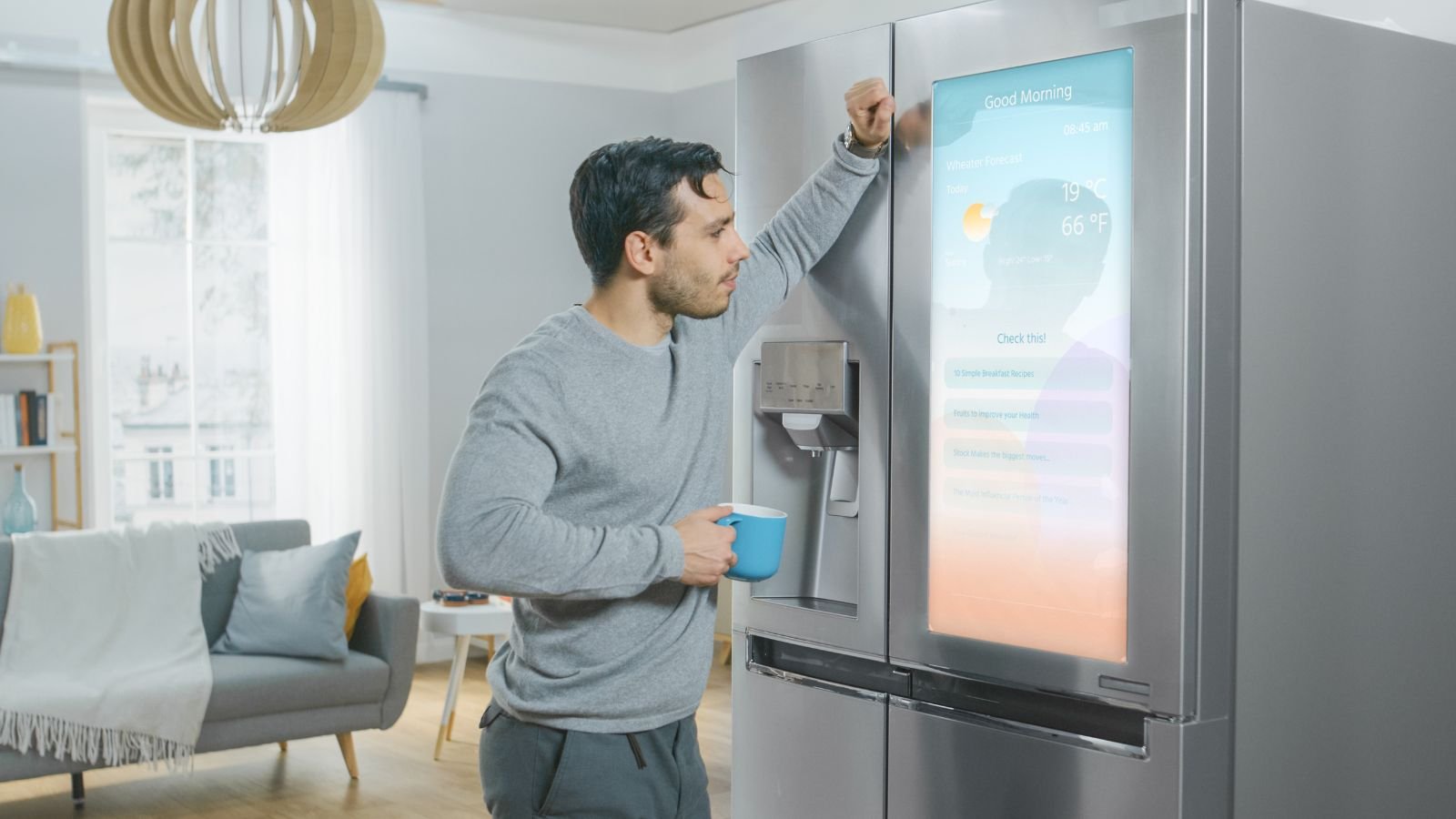When the power grid fails, it can disrupt life in an instant. Taking proactive steps can ensure safety and maintain essential functions during such an event. Having the right knowledge and readiness might be crucial for successfully navigating a power outage.
Follow Local Instructions

The U.S. has 3 separate power grids. Despite this, problems have been increasing with more power outages. In such cases, local authorities often provide important guidance. These instructions are tailored to the specific situation and region. Following them ensures personal safety and helps in community-wide efforts. Emergency services may communicate evaluation orders or safety measures through various channels. Adhering to official directives helps maintain order and facilitate efficient response efforts during the crisis.
Stay Calm

Maintaining composure is vital during a power outage. Poor judgment and needless risk-taking can result from panic. Instead, a calm demeanor helps you think clearly and solve any problems in your time of need. It also helps to reassure family members or neighbors who may be distressed. Focusing on the immediate needs and solutions rather than the uncertainty of the situation promotes a more productive response.
Monitor Weather Conditions

Over 80% of power outages in America have occurred because of changes in the climate. The weather can significantly impact the duration and severity of a power outage. There may be more hazards to your health and safety at extreme temperatures. Monitoring the climate helps in planning appropriate actions, such as seeking shelter or preparing for storms.
Keep Fridge and Freezer Closed

Refrigerators can maintain safe temperatures for 4 hours whereas freezers can remain cool until 12 hours when left unopened. This helps in preserving food and prevents spoilage which reduces waste and potential health risks. Opening these appliances frequently allows cold air to escape, accelerating food deterioration. Planning meals and minimizing access helps food safety for a longer duration during the power cut.
Stay Indoors

Remaining inside is often the safety option when there is no electrical power. Outdoor areas may prevent hazards such as downed power lines or unstable structures. Indoor spaces provide shelter from extreme weather conditions and potential environmental dangers. Staying home also reduces the risk of accidents in areas with non-functioning traffic lights or street lamps.
Use Flashlights

Flashlights are safer alternatives to candles for illumination during power cuts. This is because over 5 thousand accidents and fires occur because of candles every year. You may completely avoid fire risks that come with open flames by using flashlights. Furthermore, the light produced by battery-operated lights is more focused and constant. Having multiple flashlights distributed throughout the home ensures easy access to light sources. Proper preparedness for unforeseen outages requires routine battery changes and inspections.
Turn Off Appliances

Switching off and unplugging appliances protects them from potential damage when power is restored. Sudden power surges can harm electronics and electrical systems. Turning off major appliances also reduces the initial load on the power grid during restoration. This process helps prevent tripped circuit breakers and facilitates a smoother transition to the normal use of power.
Check Your Surroundings

Accessing the immediate environment helps identify potential hazards or issues requiring attention. Check for gas leaks, water damage, or structural problems to ensure safety within the home. Observe neighborhood conditions to provide valuable information about the extent of the outage. This awareness aids in making informed decisions about seeking assistance or taking protective measures.
Conserve Phone Battery

A fully charged smartphone lasts for around 8 to 12 hours if it is not frequently used. Preserving the battery life of your phone is crucial for maintaining communication during extended outages. Limiting non-essential use prolongs battery life for emergencies. Turn off features that result in power drainage like GPS and background apps to conserve energy. Use text messages instead of calls when possible to reduce battery drain. Having a backup power bank ensures you can carry on communicating during prolonged outages.
Use Generators Safety

It is crucial to safely utilize generators correctly during blackouts. Running generators outside helps keep indoor carbon monoxide concentrations low. With more than 86 million Americans unprotected from carbon monoxide poisoning, maintaining a safe distance from buildings ensures proper ventilation. Follow the manufacturer’s guidelines for fuel storage and usage to prevent accidents. You should also do regular maintenance and testing of generators to ensure reliability when needed most.
Avoid Flooded Areas

Steering clear of flooded zones is important during power outages, especially in storm-affected regions. Floodwaters can conceal hazards like submerged objects or electrical dangers. Water-logged areas may harbor contamination or pose health risks. Avoid these locations to reduce the risk of injury or illness. Respecting barricades and warnings allow emergency services to work unimpeded in affected areas.
Listen to Battery-Powered Radio

A battery-operated radio lasts between 10-16 hours. It provides vital information during power outages. It offers updates on the situation, weather forecasts, and official instructions. Radio broadcasts can reach areas where other communication methods fail. Keeping extra batteries on hand guarantees constant information access. This reliable source of news helps in making informed decisions and staying connected to the wider community.
Secure Your Home

Enhancing home security becomes crucial during extended power outages. Locking doors and windows deters potential intruders taking advantage of the situation. Secure loose outdoor items to prevent damage from high winds or storms. Close curtains or blinds to maintain privacy when using alternative light sources. These measures provide mental peace and protect your property during these vulnerable periods.
Prepare for Extended Outage

Anticipating a prolonged power failure requires strategic planning. Gather essential supplies like non-perishable food items, water, and medications to ensure basic needs are met. Identify alternative heating or cooling methods to address comfort and safety concerns. You can also plan activities that do not rely on electricity to maintain a sense of normalcy. This preparation mitigates stress and improves resilience during extended outages.
Preserve Fuel

Conserving fuel becomes critical during long power outages. Limit unnecessary travel to preserve gasoline for essential trips or generator use. Use fuel-efficient cooking methods, like camp stoves to extend your available resources. You can decrease fuel usage by combining errands or carpooling. This conservation approach ensures vital fuel supplies last longer, providing flexibility in emergencies.
